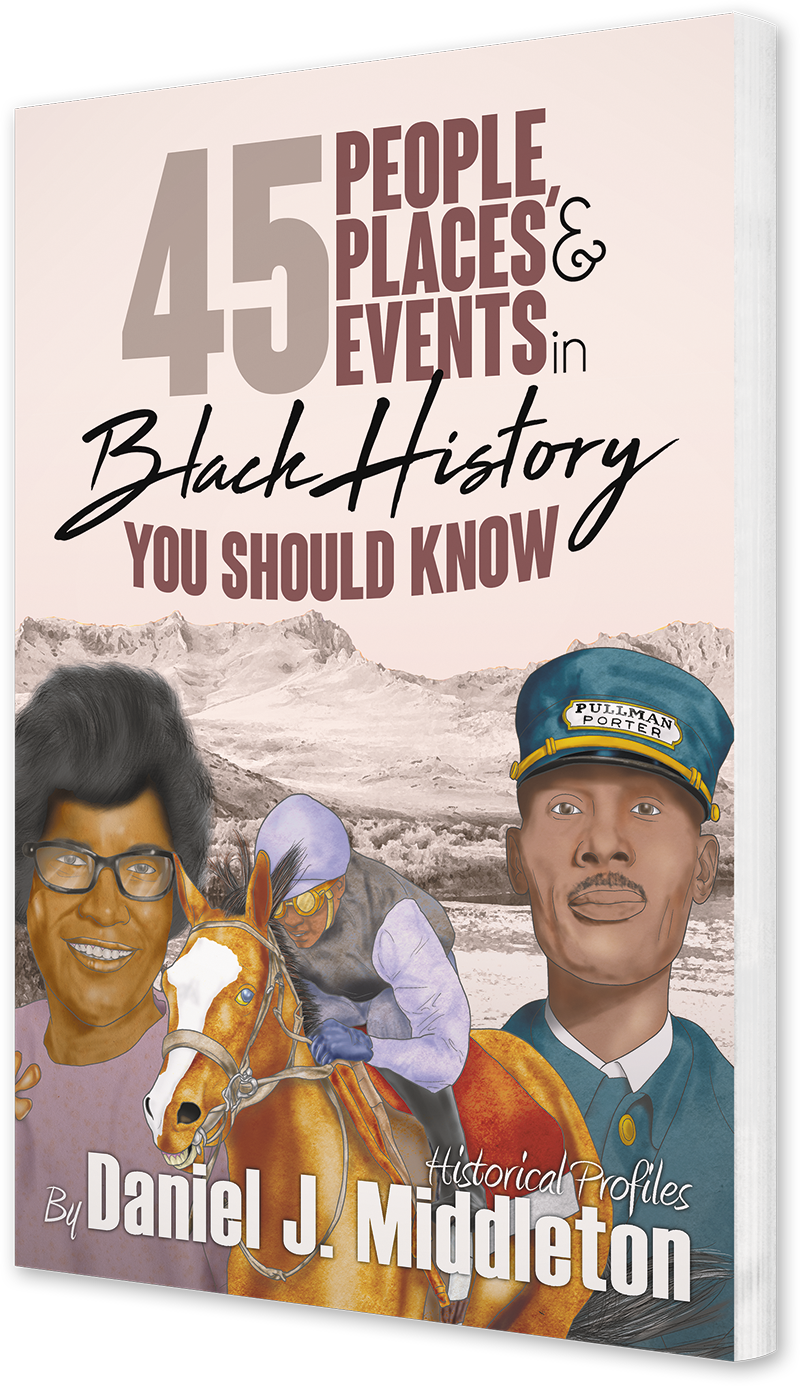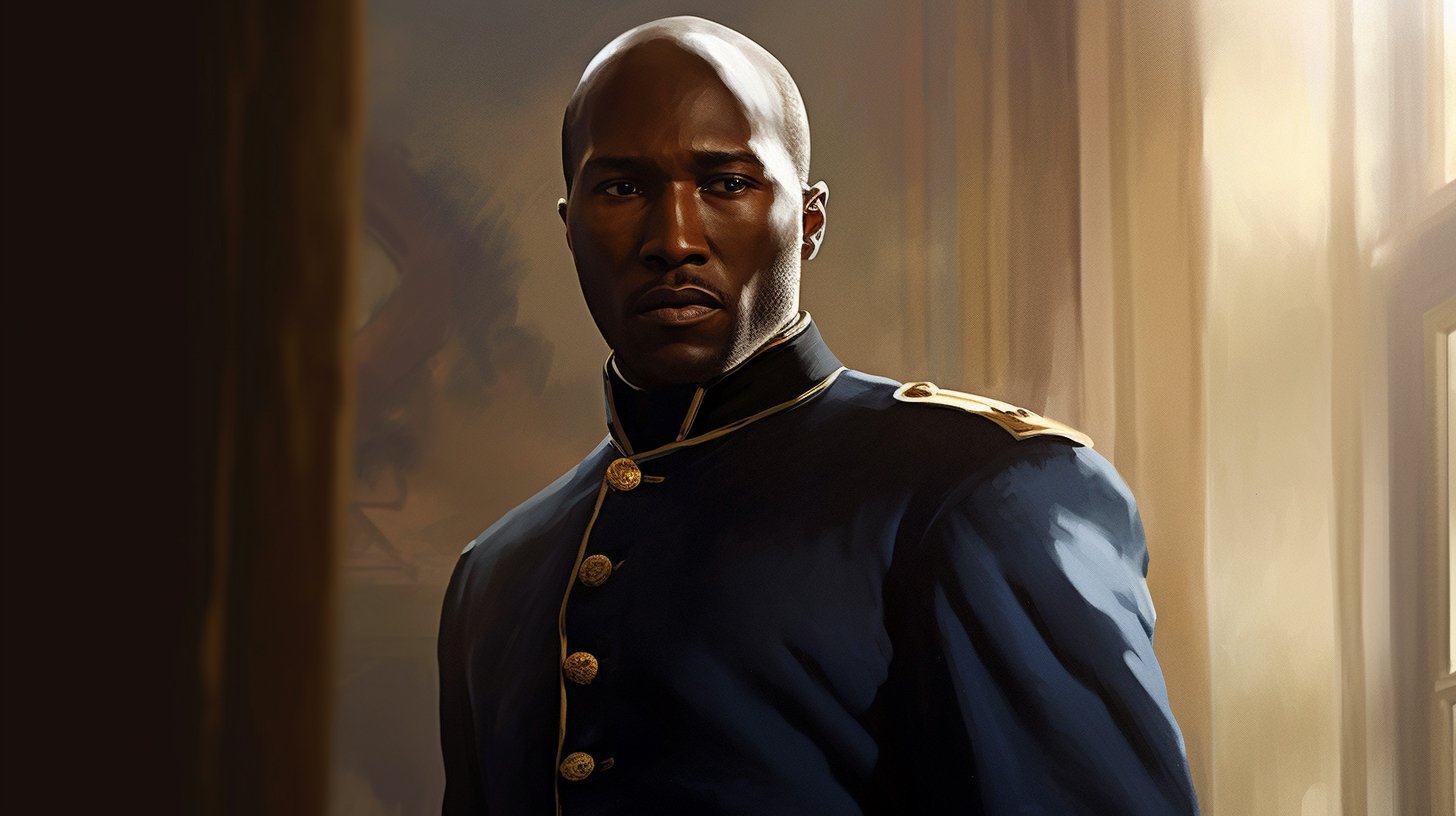Mary Ann Shadd
The First Black Female Publisher of a Newspaper
Portrait of Mary Ann Shadd.
Mary Ann Shadd was a writer, educator, abolitionist, and the second black woman in America to earn a law degree after Charlotte E. Ray. But Mary was the first black female publisher of a newspaper in both the United States and Canada. She also strongly advocated for the abolition of slavery, and she believed in equal rights for all. With the passage of the Fugitive Slave Act of 1850, which aimed to return escaped slaves back into bondage in the South, Mary’s family moved to Canada. It was there that she launched her historic weekly newspaper devoted to anti-slavery measures titled the Provincial Freeman. Mary tirelessly promoted her anti-slavery ideas through her works, including educational booklets she wrote. They highlighted the advantages blacks would experience by settling in Canada.
Canadian postage stamp featuring Abraham Doras Shadd.
Mary Ann Camberton Shadd was born in Wilmington, Delaware, on October 9, 1823. Delaware was a slave state, but her parents—Abraham Doras Shadd and Harriet Burton Parnell—were free. Her parents were active abolitionists who used their home as a “station” (or safe house) on the Underground Railroad. Her father also worked for William Lloyd Garrison’s abolitionist newspaper, The Liberator, and was one of the first black Canadians elected to public office. Mary, the eldest of 13 children, moved with her family to West Chester, Pennsylvania in 1833, and there she attended a boarding school run by Quakers since it was illegal to teach black children in Delaware. Following her education, Mary opened a school for black children in 1840 and taught in Pennsylvania, New York, and New Jersey.
Slavery was abolished in Britain the year Mary and her family moved to Pennsylvania, and since Canada was part of the British Empire, slavery became outlawed there as well. Canada, in effect, transformed into a national haven where escaped slaves could secure legal refuge. When it passed on September 18, 1850, the second Fugitive Slave Act caused slavery to extend well into the free Northern states.
A copy of the Provincial Freeman from the 1850s, Volume 1.
While refugees from the slave South could be recaptured and returned to a life of enslavement via the new law, many free blacks were illegally seized and sold into slavery without recourse as well. Canada, therefore, beckoned the Shadd family (and up to 20,000 other black Americans) to migrate north. But after Mary established her weekly newspaper, the Provincial Freeman, she often returned to the U.S. to gather information for new articles, many of which she wrote.
Mary also resumed teaching while in Canada, this time focusing her efforts on fugitive slaves. Her school, while dedicated to blacks, was racially integrated. Public education was not open to black students at the time, so only those who could afford the tuition attended. The school received needed support from the American Missionary Association, a nondenominational society whose aim was to provide educational opportunities for minorities in the United States. Mary was strongly opposed to segregated schools for black students. After engaging in a public debate with Henry and Mary Bibb—two prominent individuals in favor of segregation—she lost funding from the American Missionary Association due to the dispute.
“While refugees from the slave South could be recaptured and returned to a life of enslavement via the new law, many free blacks were illegally seized and sold into slavery without recourse as well.”
Mary married Thomas F. Cary, a Toronto barber, in 1856. The couple had a daughter, who they named Sarah Elizabeth. When Cary died sometime in 1860, Mary was pregnant with their son, Linton. The paper she had started was co-edited by Samuel Ringgold Ward, an escaped slave and popular public speaker living in Toronto. By 1860, it stopped printing due to financial difficulties. Three years later, around the start of the Civil War, Mary returned to the U.S. to aid the North. She settled in Indiana and became a recruiting officer for the Union Army at the urging of Martin Delany. In her role, she encouraged blacks to enlist and fight against the Confederacy, which was perfectly in line with her early anti-slavery efforts.
After the Civil War, Mary resumed her teaching career, first in Wilmington, Delaware, then Washington, D.C., where she lived with her daughter and taught public schools for fifteen years. Ever the enterprising woman, Mary later attended the School of Law at Howard University and graduated with a law degree when she was 60 years old. Around that time, she fought for women’s suffrage alongside stalwarts like Susan B. Anthony and Elizabeth Cady Stanton after joining the National Woman Suffrage Association. Mary died on June 5, 1893, in Washington, D.C. The cause was stomach cancer. She was buried at Columbian Harmony Cemetery until all of its graves moved to National Harmony Memorial Park in Landover, Maryland, around 1960. Mary Ann Shadd Cary has since received several honors in Canada. Among them is a designation as a Person of National Historic Significance.
You may also be interested in:

This article appears in 45 People, Places, and Events in Black History You Should Know.
Available from Amazon.com, BN.com, and other retailers.





Founded by a group of black New Yorkers the same year slavery was abolished in the state, Freedom’s Journal was the first black-owned and operated newspaper in the United States.